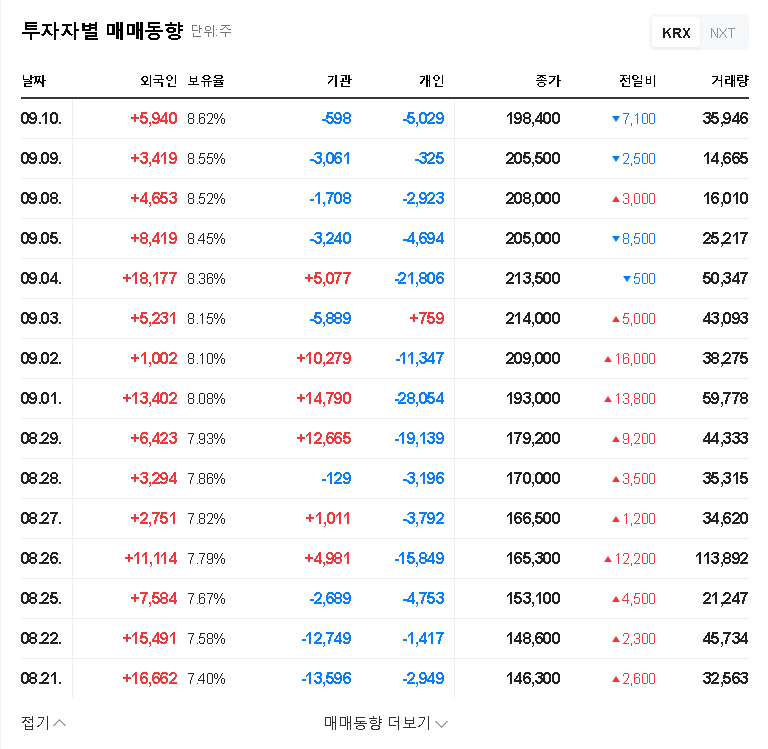
1. MNC Solutions Lands KRW 49.5 Billion Contract: What Happened?
MNC Solutions has secured a major contract with Hanwha Aerospace to supply 152 K9PL EC2 units to Poland. The contract is valued at KRW 49.5 billion, a significant 17.5% of MNC Solutions’ projected 2025 revenue. The contract period runs from November 28, 2025, to August 7, 2028.
2. Why Is This Contract So Important?
This contract holds significant implications for MNC Solutions’ short-term and long-term growth. The substantial size of the contract, representing 17.5% of projected revenue, will lead to immediate improvements in financial performance. The long contract duration of 2 years and 8 months greatly enhances revenue stability and predictability. Furthermore, it strengthens MNC Solutions’ position within the key K-defense export market of Poland, increasing the likelihood of future contracts.
3. What Does This Mean for MNC Solutions?
- Revenue and Profitability Surge: The KRW 49.5 billion contract will directly contribute to revenue starting in the second half of 2025. Economies of scale are expected to positively impact operating profit margins.
- Increased Order Backlog and Future Visibility: Adding to the existing order backlog provides stability for future revenue streams and boosts investor confidence.
- Benefitting from K-Defense Growth: MNC Solutions is poised to capitalize on the growing competitiveness of K-defense products and secure additional international contracts.
- Strengthened Financial Health: Increased revenue combined with efficient cost management will further enhance cash flow and overall financial health.
4. What Should Investors Do?
This contract is a strong indicator of MNC Solutions’ growth potential. However, investors should consider several factors before making investment decisions.
- Contract Execution Risk: The possibility of unforeseen issues arising during delivery and quality control should be considered.
- Exchange Rate and Raw Material Price Fluctuations: Investors should monitor potential impacts from a weakening Euro and potential increases in raw material prices.
- Geopolitical Risks: Changes in the geopolitical landscape in Poland and Eastern Europe should be closely watched.
It’s crucial for investors to continuously monitor MNC Solutions’ future earnings announcements and trends within the K-defense market to make informed investment decisions.
Q: What is the value of the contract between MNC Solutions and Hanwha Aerospace?
A: KRW 49.5 Billion.
Q: What percentage of MNC Solutions’ revenue does this contract represent?
A: 17.5% of projected 2025 revenue.
Q: What is the duration of the contract?
A: From November 28, 2025, to August 7, 2028, approximately 2 years and 8 months.
Q: What is the main subject of this contract?
A: The supply of 152 K9PL EC2 units to Poland.

